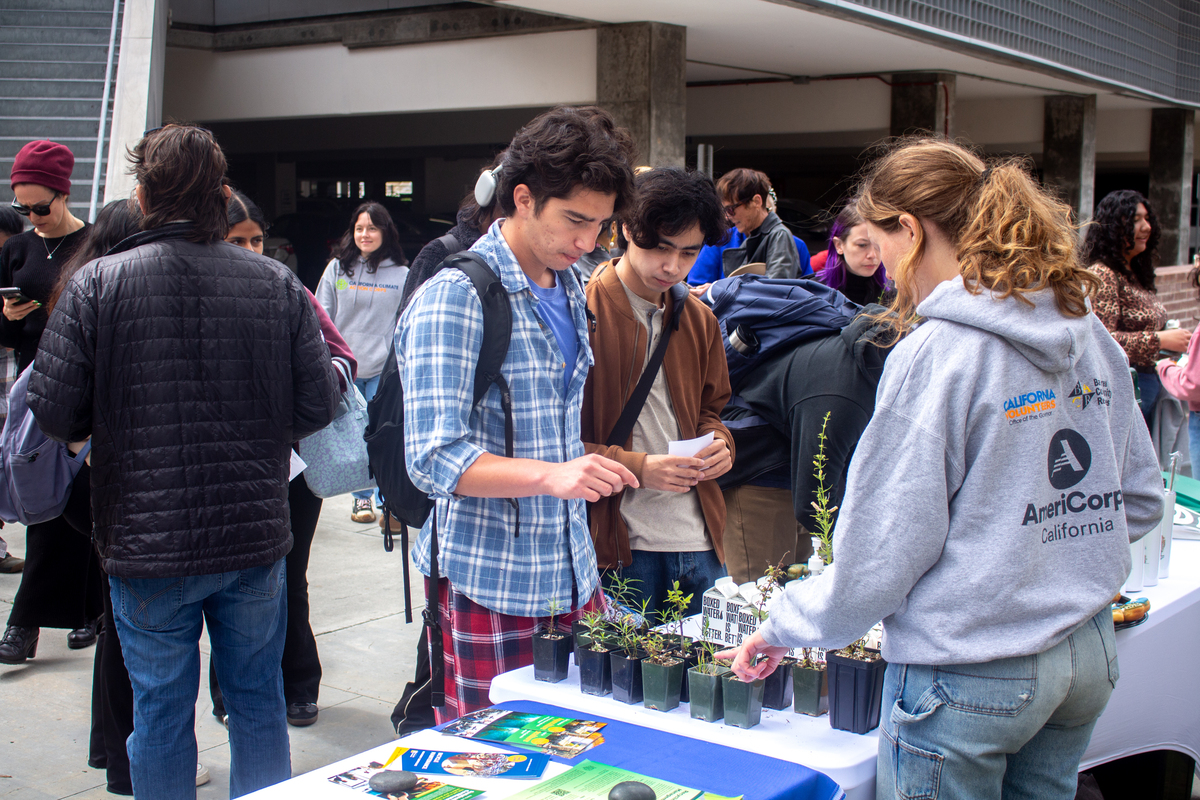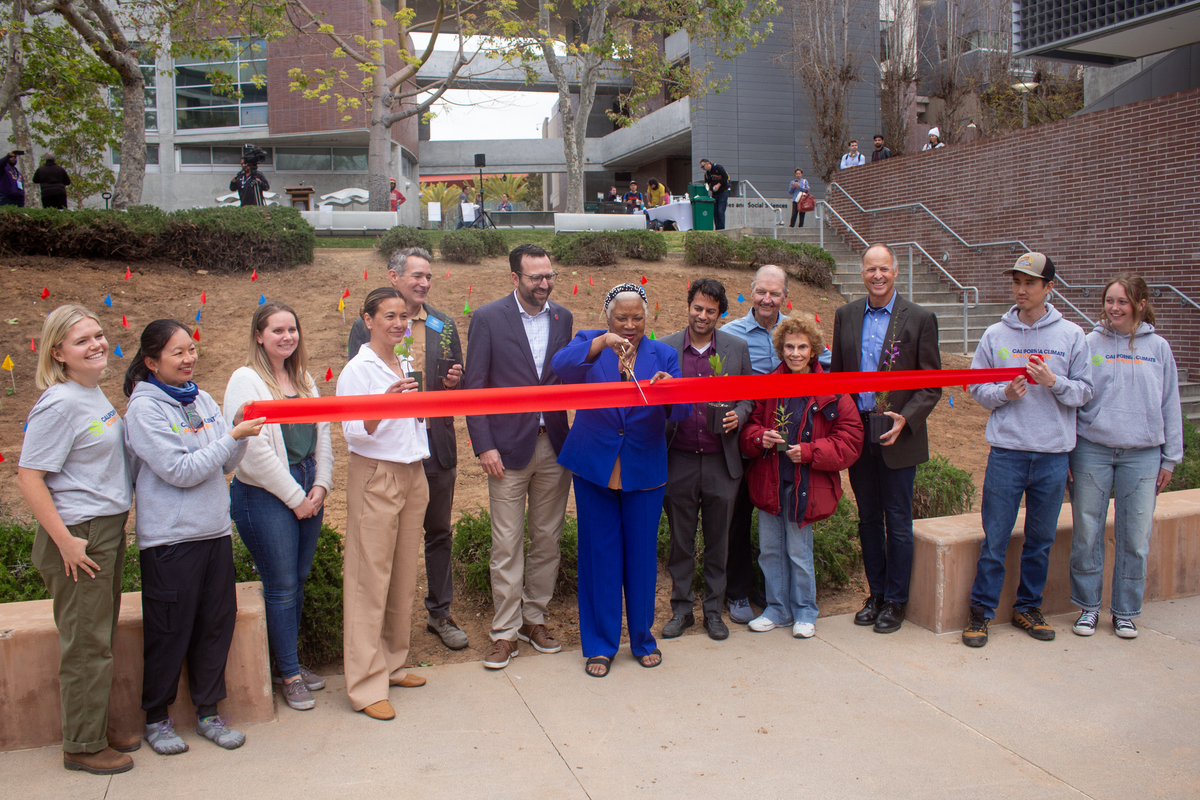Last month, Santa Monica College (SMC) in collaboration with the City of Santa Monica and the Malibu Foundation unveiled a microforest on its main campus, becoming the first community college in the nation to have such a space. The 400 square foot space acts as an indigenous forest using native plantlife, acting as a self-sustaining ecosystem with a plethora of environmental benefits. The benefits also extend to SMC students, as the college’s biology pathway will have students from two different classes continually visiting the microforest to measure things like plant growth and soil development.
Pioneered by Japanese botanist Akira Miyawaki and his "Miyawaki Method," microforests involve the randomized planting of small saplings of various indigenous shrubs and trees, with the SMC space cultivated with hand-collected seeds from the Santa Monica Mountains region. The plantings are in close proximity, with no trees or shrubs of the same type or height planted side by side in order to prevent competition for nutrients.

"You want to always have something that is going to grow at a different rate next to [a plant] so that they have a better opportunity to each get sunshine," explained SMC Sustainability Director Ferris Kawar.
Kawar went on to add that when the microforest’s canopy trees mature, fallen leaves from the trees will break down and become mulch and compost for building future soil, growing "just like a natural forest would" while reducing the need for water and added soil amendments. The space will grow five times faster than a typical woodland, sequestering carbon at a faster rate and creating "little pockets of biodiversity" that allow native species to live and thrive. Small species like bees and hummingbirds have already begun arriving on campus for that very purpose.
He noted that the project is not only a win for the SMC and Santa Monica communities, but for nature as a whole.
"During [the COVID-19 pandemic] we had nature creeping back into cities and that was really exciting for most people," Kawar said. "But then as we all came back to work, we’ve forgotten how important that is, and that it’s possible [for] nature [to] reclaim a city, and if we help re-wild our open spaces, we realize it will come back, nature does come back [and] is very resilient."
The SMC space was exactly what the Malibu Foundation was looking for in a microforest pilot project, with the organization seeking to expand the microforest footprint in the Los Angeles area. The microforest space had previously been implemented by the Foundation this past fall at Juan Bautista De Anza Park in Calabasas, and Malibu Foundation Community Outreach Coordinator Denise DeGarmo said these projects are economically-sensible endeavors that can become self-sufficient quickly and significantly lower ground temperatures.

"What excites me [is that it’s] a community project … you’re actually, literally, creating a dialogue with the ground you walk on every day, you’re learning to communicate with yourself and others in your community with nature," DeGarmo said. "And by doing that, you’re able to heal the problems we humans have [created] in a more efficient, long-term, lasting way … nature will heal herself if we help her."
SMC and the Malibu Foundation now have two overarching goals, those being the continued health of the microforest and spreading the word about its benefits. Kawar noted that he’s going to take opportunities at upcoming conferences involving state universities, private colleges and other California community colleges to share the project’s success.
"SMC has been the first to do many things at the community college level and [we’re] making it safe and easier for other colleges to adapt," Kawar added.
On the Foundation’s side, the organization’s next agenda item is to plant a microforest on the median strip of 18th Street and Olympic Blvd in partnership with city officials, which would be the first major median strip in the country to implement such a project. A more long-term mission is to attempt an implementation of microforests throughout Los Angeles 2028 Olympics sites like the Athletes’ Village.
"We believe that it would be tremendous … [if] every village [was] designed [with] microforests, butterfly gardens, pollinator gardens, and there’s no reason not to," DeGarmo said.









